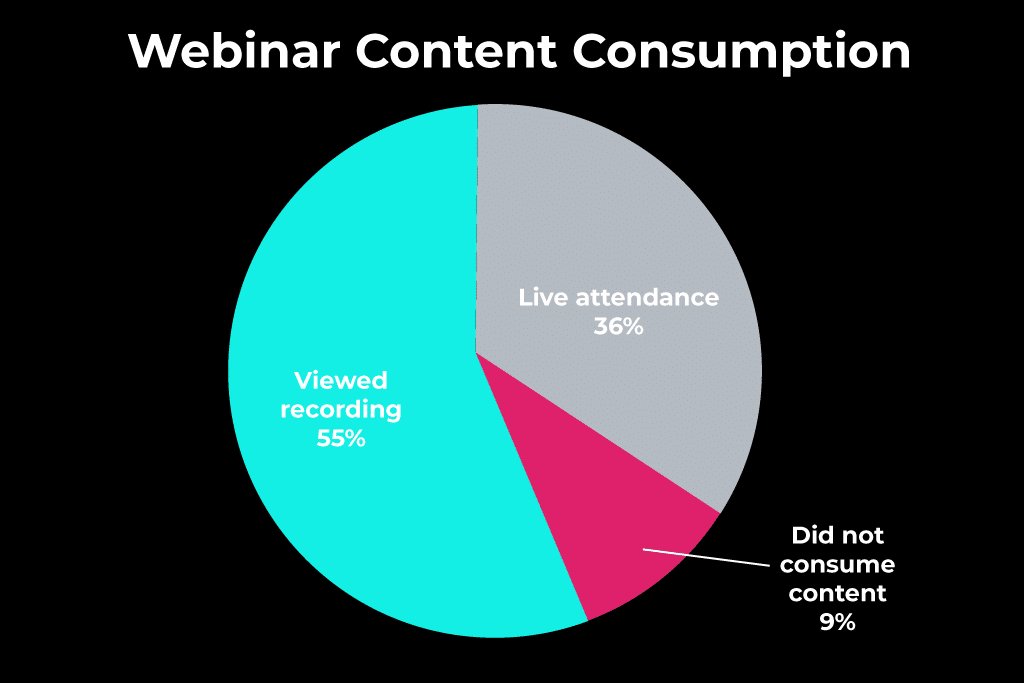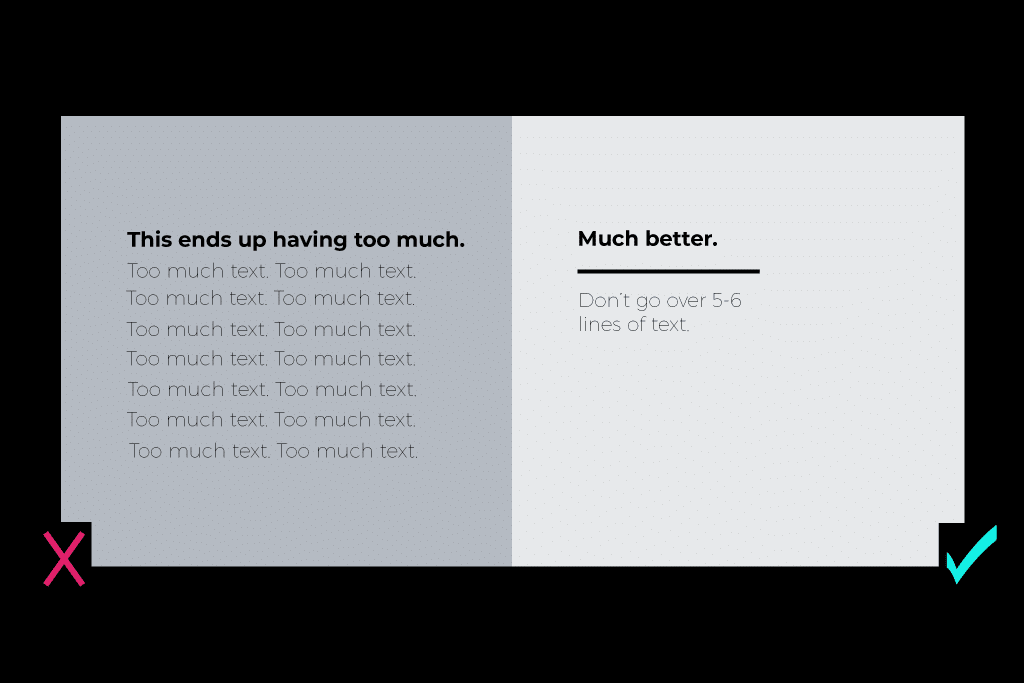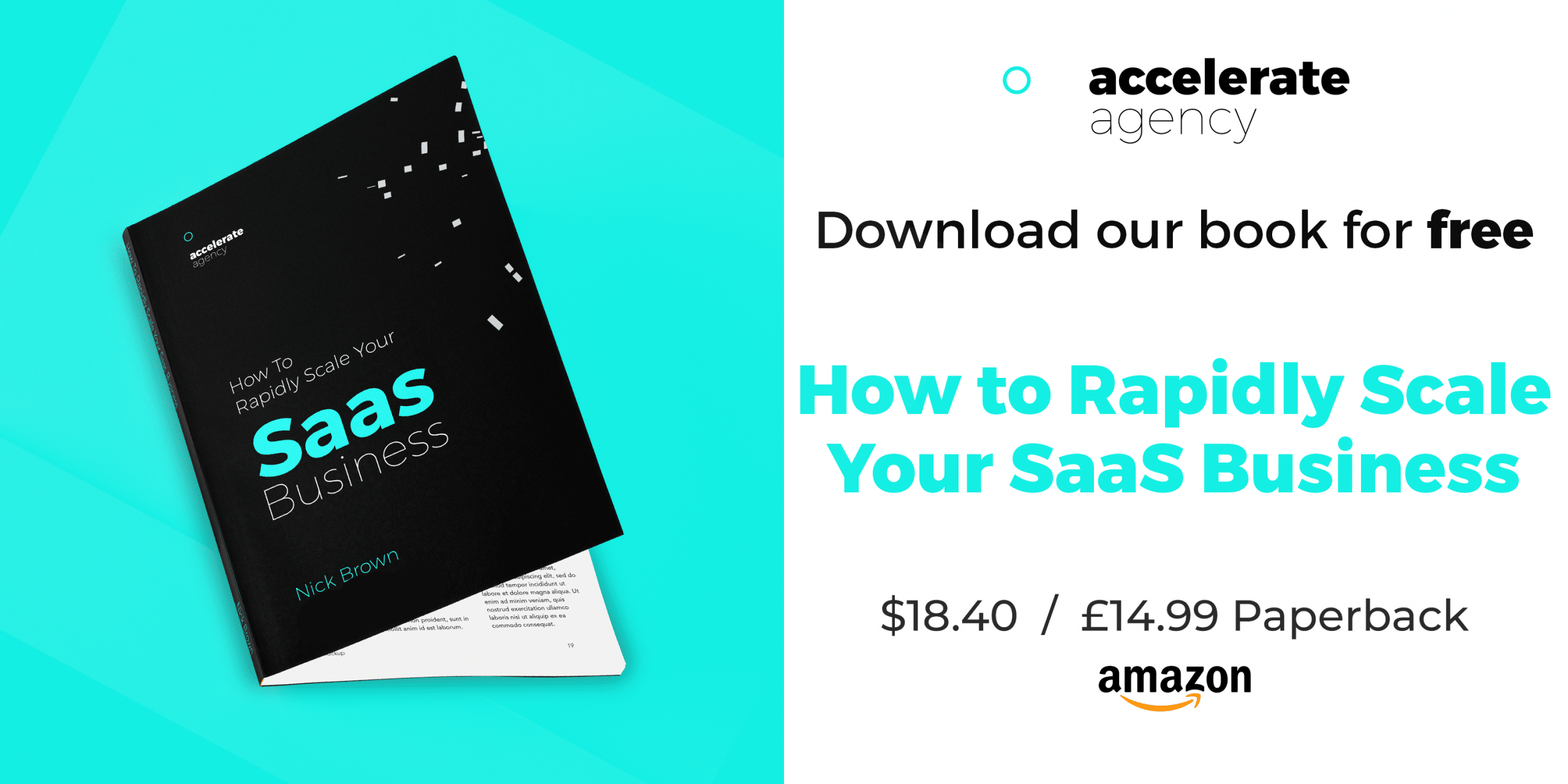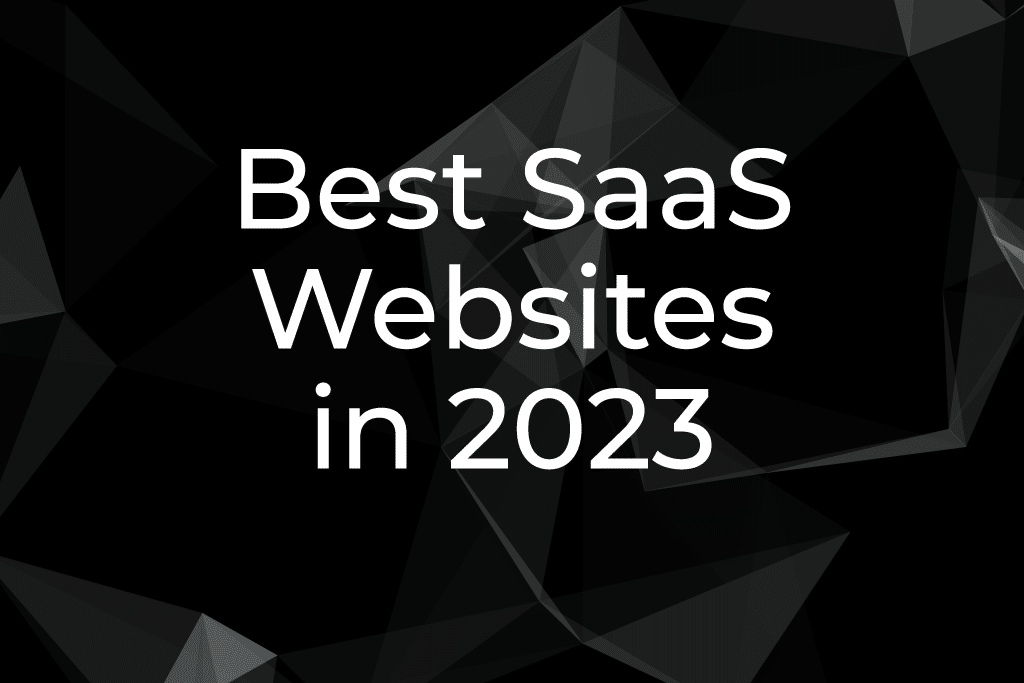How to Run a High Converting SaaS Sales Webinar
There are a couple of simple things that are fundamental to running a SaaS website. You need to get as much traffic to your site as possible. You then need to convert as many of those site visitors into actual customers. You must then get them to sign up for and buy what you’re selling.
The earliest posts of this series for SaaS businesses broadly focussed on getting more site traffic. Once you’ve got to grips with that, you need to start thinking sales. There are lots of different avenues to explore. We’ve been offering our advice and guidance on navigating the main options.
One excellent way to boost conversions on your site is by running webinars. Webinars give you a platform to both build your credibility and sell your service. They take time and effort to get right but are well worth it. Read on, and you’ll learn how to run a webinar that will really convert.
Book a Consultation
Why You Need to Think About Webinars
A webinar is a seminar held online. They’re a tried and tested sales and marketing technique. How you use webinars can differ depending on the target audience and the nature of your company. The online seminars work throughout the customer journey. You can use a webinar to educate general prospects or to sell to warm and qualified leads. They work as effectively in each case.

One of the best things about webinars is that they’re highly engaging. According to GoToWebinar, the average attendee viewing time is 61 minutes. That means you have the attention of prospects or leads for over an hour. The amount of information you can convey and the impression you can make in that time is vast.
In an hour-long webinar, you can establish yourself as an authority. You can also deliver a broad range of useful information to attendees. That creates a much more stable platform from which to sell your service.
Whether you sell directly through a webinar or use it for lead generation, the dynamic seminars get results. All you need to know is how to run a webinar that will work for your firm.
How to Run a Webinar
Running a webinar can help your business in three main ways. You can use webinars to:
- Build your email list of prospects within a target audience
- Create engagement with and trust from your existing contacts
- Promote and sell your products, packages, and services
Those three facets combine to boost your site’s conversions. Whichever way you use them, getting webinars up and running isn’t as complicated or foreboding as it may sound. Four main steps go toward running a successful sales webinar. Follow our advice at each stage, and you’ll soon be a dab hand at offering must-see webinars.
Understand & Define Your Goal
Deciding to run a webinar ‘to make more sales’ isn’t a good enough starting point. You want your webinar to be as effective and engaging as possible. For that, you need to understand its purpose wholly. Your first step is to think about exactly how you want the webinar to support your sales efforts. Do you want it to:
- Be a tool for lead generation?
- Work to warm up your existing contacts and get them generally more engaged with your firm?
- Definitively sell your service or one of your service packages?
Which of the above options you opt for informs the rest of your preparation for running the webinar. If you’re shooting for lead generation, your primary focus needs to be promoting to new audiences. For warming up an audience, you must make the webinar educational and informative. To use a webinar to sell directly, you have a whole extra level of questions to ask yourself.

One fundamental question is what products or services you want to sell on your webinar. You can’t take a scattergun approach. A sales webinar should focus on the virtues of one product option and how it can help your customers.
When choosing the service to sell, you need to think about each option’s characteristics. Is the service evergreen? Or is there an end-date after which potential customers will no longer be able to buy it? How much does a specific package cost? How many sales would you need to achieve to make running a webinar worthwhile?
You’re best off choosing an evergreen service to promote via a webinar. That takes some of the pressure off when it comes to how quickly you need to secure conversions. If you’re just getting started with webinars, you should also keep sales goals realistic.
Once you’ve addressed all those questions, you should have a defined goal for your webinar. You’ll know what you want from it and what will constitute success when all’s said and done. That means you’re ready to start shaping the webinar itself. You can now make decisions about the content, tone, and style of your webinar. All those decisions need to work toward the goal you’ve defined.
Plan Your Webinar Content
For a webinar to be successful, you need people to register, attend, and get value from what they hear. As such, the topic and content of each presentation are vital. They need to appeal to the right target audience to get them to register and attend. The webinar then needs to deliver insight that the audience will find useful.
Creating this content may seem like a tough ask, but in truth, it can be pretty straightforward. You’ve defined your webinar’s goal. That means you know the audience. Your job then is to put yourself in the shoes of that audience. Think about a significant challenge they face, which you can help them to solve. As a digital marketing agency in Bristol, for example, we might look to help people use social media for SEO.
Each webinar you run should look to solve a single problem. If you try to cover too much ground, attendees may feel overwhelmed. You want them engaged, interested, and able to follow the advice you’re giving. Otherwise, they might abandon your presentation before it gets going. Webinars with the right focus can achieve impressive levels of engagements, as shown by a recent study:

If you’re thinking of how to run a webinar for direct sales, this approach makes it easier to pivot to your product. Your target audience for a webinar should be prospective customers. Their challenges, then, will be ones that your service can help them solve. You can then run a webinar on this pain point and weave in how your product can be part of the solution.
If you find yourself struggling to develop topics, your sales team might be able to help. They identify customer pain points and use them to sell every day. Get your staff together and ask them about the challenges they discuss with leads. Ask them what it is that persuades prospects to become customers in their experience. That can help you find the best webinar topics in short order.
Promote & Prepare in Advance
Promotion is a crucial part of many aspects of business operations. In the same way that you need to promote your SaaS website, you also need to get the word out about a webinar you’re running. That’s how you persuade people to register for the presentation and attend.
Exactly how to promote a webinar depends on the nature of the webinar you’re running. If the aim you defined earlier was to warm up existing contacts, it’s to them that you need to promote the webinar. You can send out email invites. You may even want to contact those people by phone to tell them all about your presentation.
If you want the webinar to reach new leads, you need to promote it more widely. There are several promotional avenues open to you:
- Share the sign-up link for the webinar across all your active social media channels. Get the link out there on multiple Tweets, Facebook statuses, and LinkedIn updates.
- Promote the webinar in niche-specific Facebook groups, if the group rules allow it.
- Reach out to other businesses, sites, or blogs that may be able to help you with promotion.
- Run targeted Facebook, other social media, or PPC adverts.
Getting the word out is only the first step of the webinar promotion process. You then need to get the people you’ve reached to register for your webinar. Your registration page is the tool to help with this. The best webinar registration pages feature a handful of essential elements:
- A Compelling Title – Tell people what the webinar is about and why it will help them.
- Teasers – Include a few bullets or short sentences to tease the webinar’s main insights.
- Credentials – Explain why you’re qualified to cover the topic in question and how you can help attendees. Include a good photo to make the presentation seem more inviting.
- Testimonial or Quote – Try to incorporate a review or other testimonial. The quote should talk up your expertise on the topic.
- Details & Call to Action – Make sure the time and date of the webinar features prominently. Twin those details with a clear call to action, asking people to register.
We’re almost ready to start talking about your actual presentation. Before that, though, you’ll need to do a bit more preparation in the week before your webinar. During those seven days, you need to prepare yourself and ensure registrants do attend the webinar.
Familiarise yourself with the equipment and software you’re going to use for the webinar. If you can, run through your presentation once or twice to iron out any kinks. You’re looking to make sure it’s as polished as possible on the day.
You need to remind registrants of the webinar a few times in the days leading up to it. You can set up an automatic series of emails to do so using your email CRM. Try to nudge each person who signed up at least two or three times in the days leading up to the webinar.
Present Confidently & Follow Up
The preparatory steps above make giving your webinar presentation much more straightforward. You can be confident that the topic you’re speaking on will engage your audience. You also must get to grips with the tech you’re using. That way, you can guard against any frustrating glitches on the day.
All you need to keep in mind is to be clear and confident. Keep the presentation’s central topic and overall aim at the forefront of your thoughts. Ensure that the information you’re imparting is relevant to both of those things. Impart as much of that info as possible yourself. Don’t rely too much on slides or visual aids. They should support what you’re saying; they shouldn’t be something attendees have to read.

It’s also important to remember that a webinar is a real, interactive process. You’re speaking live to actual people, albeit remotely. Introduce yourself at the beginning of your presentation as you would in person. Invite questions and interactions from your audience. If you’re giving your first ever webinar, you can even tell your audience so. Being honest and genuine is never a bad way to go when you’re looking to build trust.
When it comes to direct selling via webinar, balance is crucial. Going for a hard sell won’t endear you to many attendees. Speak passionately about your service. Highlight how it can solve the problem that is the focus of your webinar. If you’re sincere and your service really can address their issues, leads will recognise that.
Selling to webinar attendees doesn’t finish at the end of your presentation. Following up with attendees in the days after a webinar can be very lucrative. Try to send them at least three or four different follow-up emails. Ideas for those follow up emails may include any of the following:
- A recording of the webinar so that attendees can re-watch it
- A link to a blog post you’ve written to support the webinar
- Promotional emails with an offer on the product or package offered on the webinar
Plan, Prepare & Present Your Way to a Successful Sales Webinar
You know now how to run a webinar that sells. Planning and preparation are what you need to make any webinar successful. If you put in the hours to devise and tailor a top-notch presentation, you’ll see the results in your conversions.
Be sure to understand what you’re trying to achieve with an online seminar. That way, you can plan content and promotion with your overall goal in mind. Speaking of promotion, try to explore as many avenues as you can to reach your webinar’s target audience.
As a result of this work, you should be in a position to deliver a confident and genuine presentation. Presenting in such a way is sure to endear you to attendees. Some may buy your product or service then and there. Focussed follow-up can then get you plenty more sales. As with all good marketing, if you put in the work at each stage, you’ll reap the rewards.



